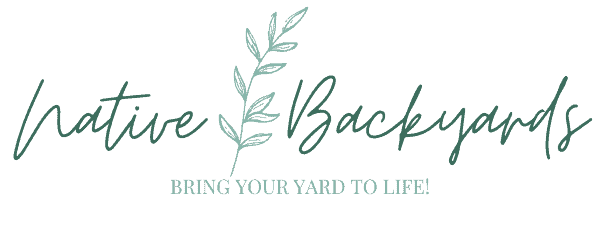
Week 1 Challenge: What’s in Your Yard? 🔎
The first step to making your yard better is to know what you currently have growing…
The Week 1 Challenge is to create a list of the plants in your yard. If you’re like me, you may be surprised with what you discover!
1. Use a plant ID app
Use a plant identification app like iNaturalist to help you identify plants in your yard:
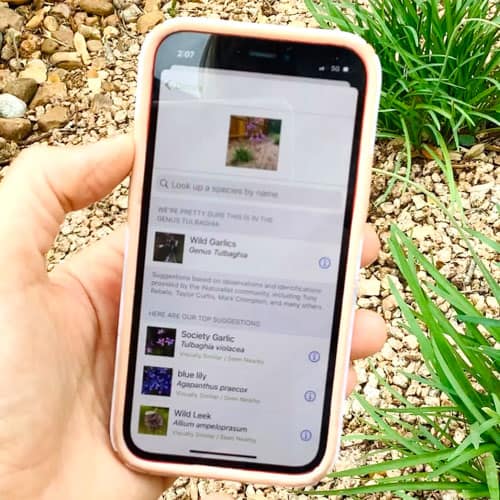
2. Download yard inventory
Print my free plant inventory template to create a list of the plants in your yard. Check out this completed example:
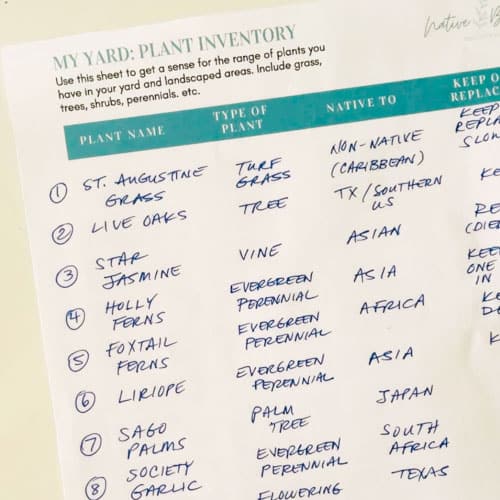
3. Share what you’ve done!
Snap a photo of a plant you ID’d or your plant inventory list and share it with our Facebook group or email it to me!
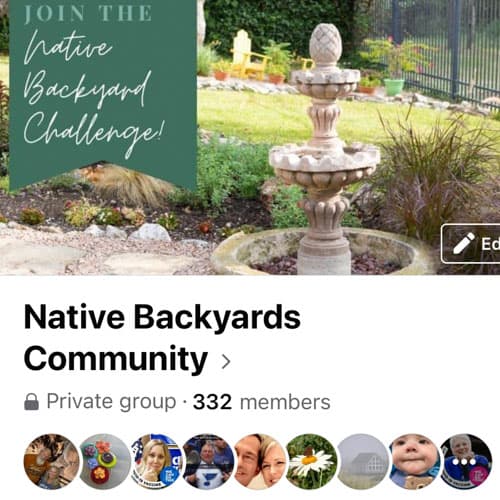
Week 2: Where to Add Natives?
The Week 2 Challenge is to find at least two spots in your yard where you could put a new native plant.
Measure the area and gauge the amount of direct sunlight it gets!
1. Find a spot
Measure the area where you want to put a new plant. This will help determine the number and size of plants you can grow there based on their mature size.
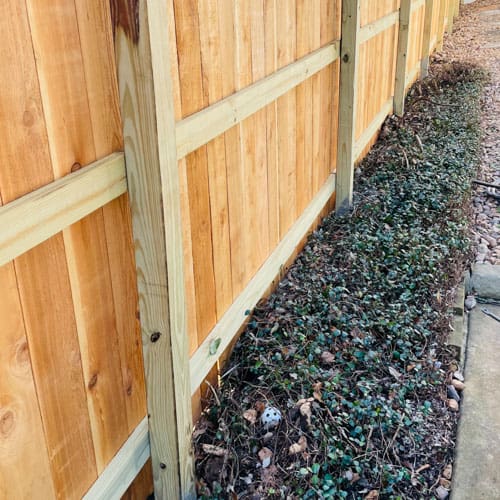
2. Measure the sunlight
Pick a sunny day and set an alarm on your phone to check the sun the area receives every couple hours. You can get my Sunlight Tracker if you like!
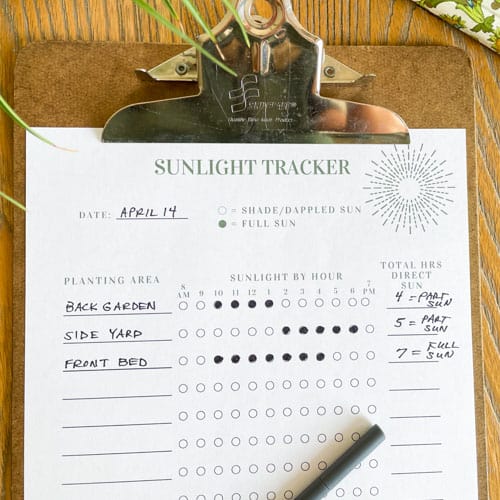
3. Share what you’ve done!
Snap a photo of where you plant to add a new native plant or your completed sunlight tracker with our Facebook group or email it to me!

Week 3: Let’s Find Some Great Native Plants
The Week 3 Challenge is to decide on the new native plants you want to add to your yard.
Remember to prioritize plants that serve as butterfly and moth host plants and/or provide nectar, fruit or seeds for wildlife!
1. Find natives near you
Check out my state-by-state native plant lists to get started. Need more help finding plants that would work well in your yard? Email me and I’ll be happy to help!
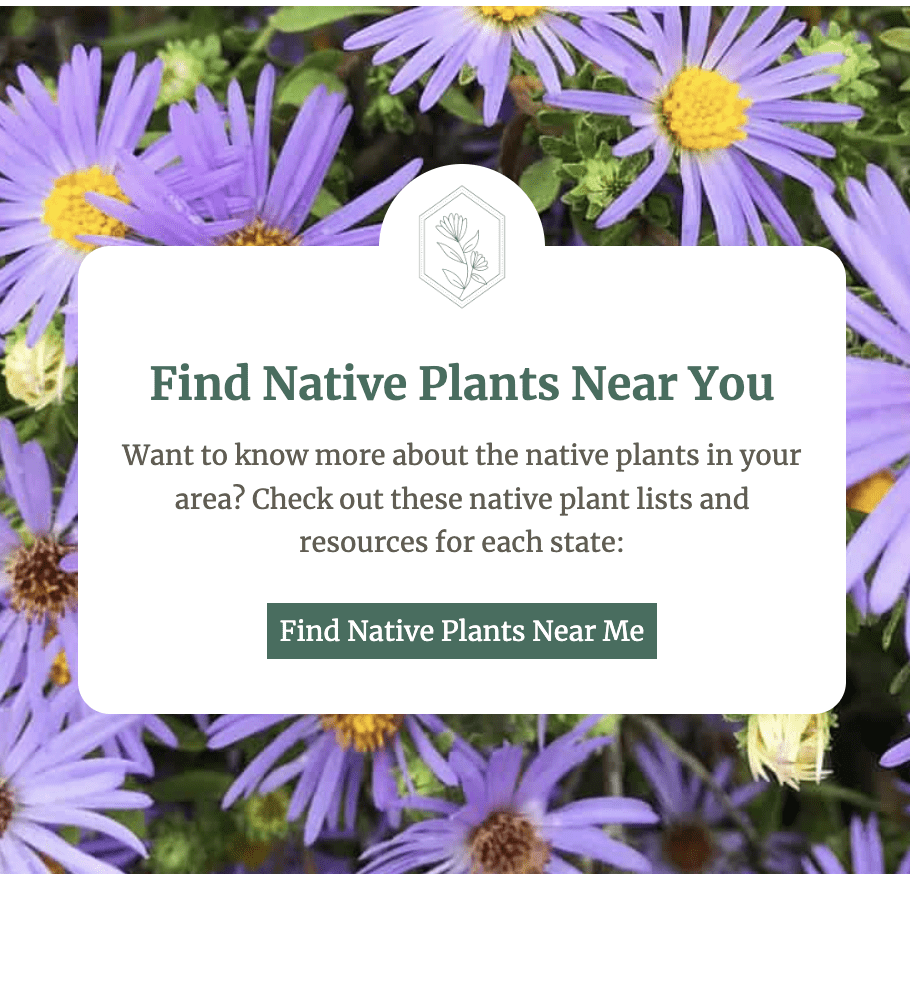
2. Make a wishlist
Print this garden planner to start a wishlist of plants you would like to add. Be sure to find plants that fit the size & sun conditions of the areas where you plan to plant them.
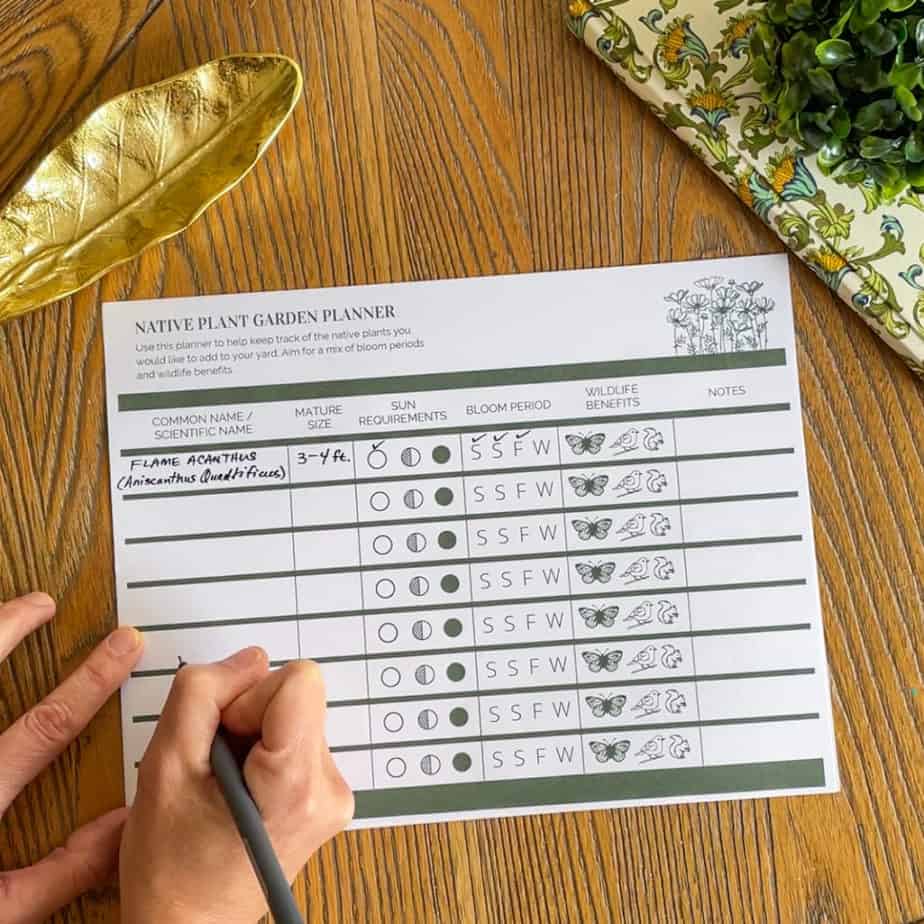
3. Head to the nursery!
Head to the nursery that carries native plants. Bring your list and see what they have! Read plant labels closely to make sure you’re getting the right plant!
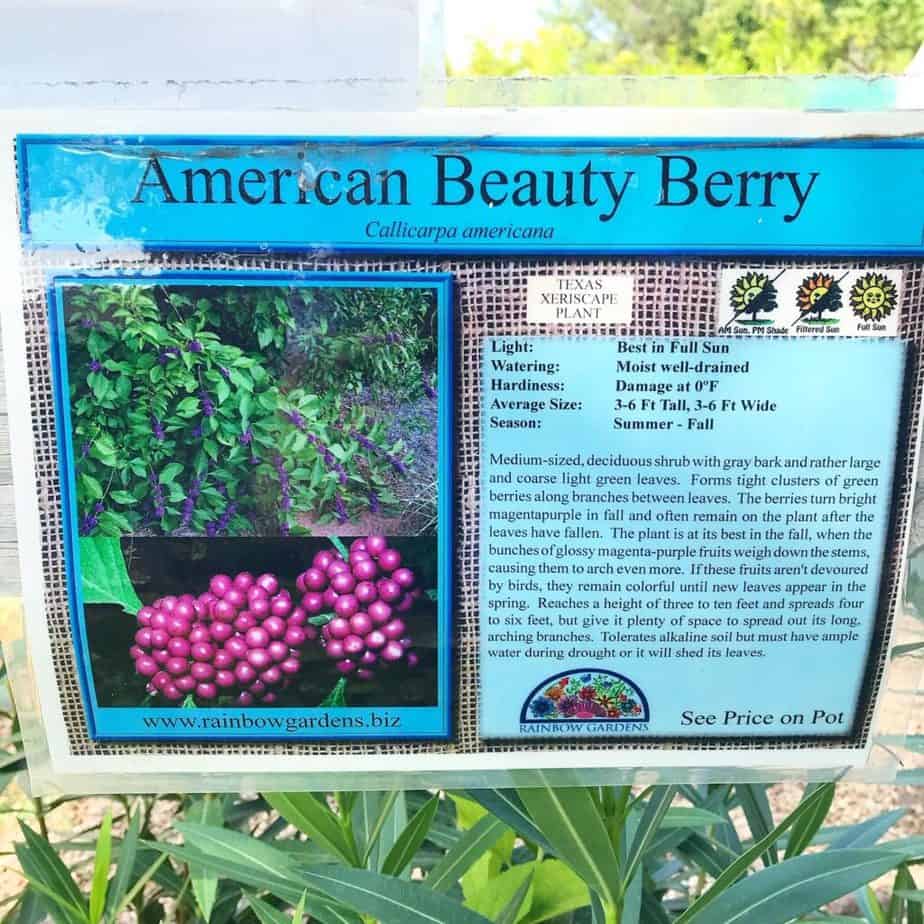
Week 4: Planting Time!
To conquer the Native Backyards Challenge add at least 2 new native plants to your yard:
1. Purchase your plants
If you haven’t done so already, find a local nursery that sells plants native to your area, and make a trip this week! When checking out plants at the nursery, it is helpful to look for the scientific name. You can Google the name along with “native” to make sure it is native to your area before purchasing.
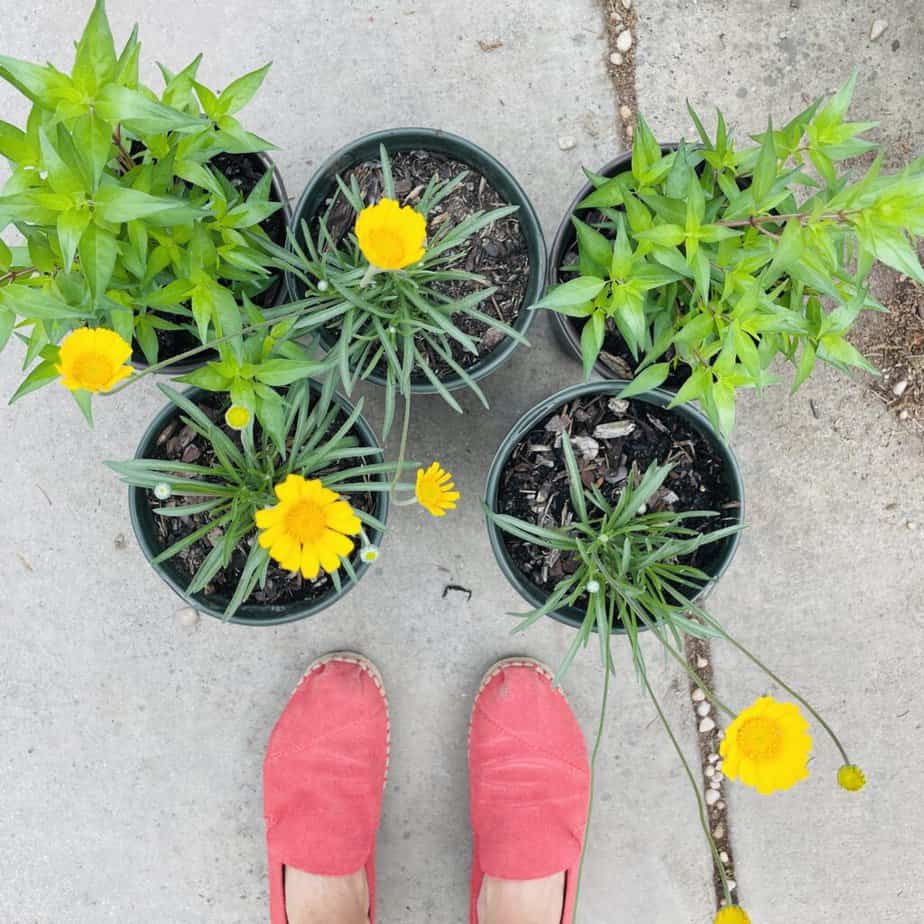
2. Prep and plant
Make sure your planting area is big enough for the mature size of the plant and has adequate sunlight for it to thrive. Make a hole as deep as the pot and loosen any pot bound roots. Water thoroughly after planting, and every couple days for the first several weeks and then weekly until it is established.

3. Watch for insects!
Spend a few moments out in your yard this week and find a new-to-you insect to photograph. Try to identify it by uploading the photos to the iNaturalist app and share a pic with us along with some info about the insect. Once you plant natives they will come! You are providing important habitat.

